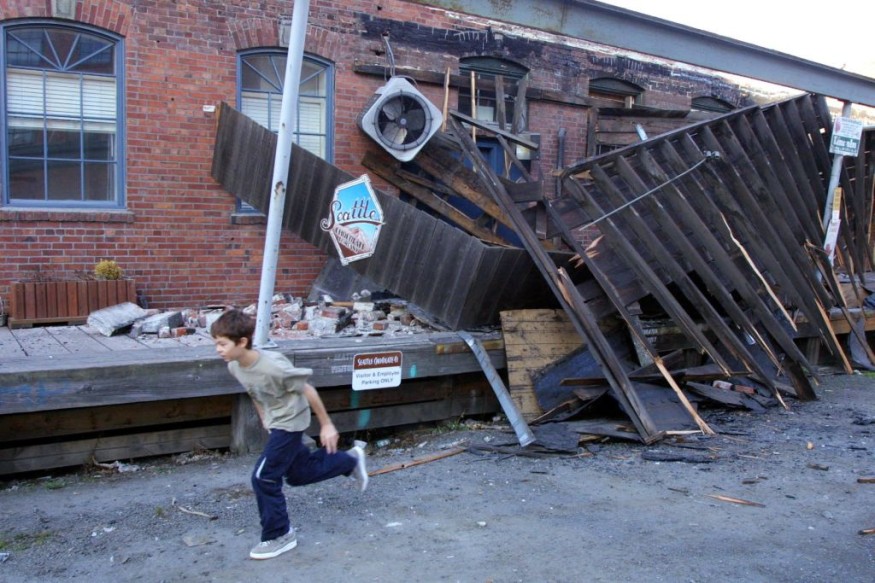
Experts said that Seattle could have experienced a powerful earthquake some 1,100 years ago.
They have even warned that this earthquake could happen again.
In a recent study, researchers analyzed the fossilized remains of trees, which were killed by the earthquakes, and they found out that each fault zone likely ruptured simultaneously, or at least within a very short space of time from one another.
Findings of the study
In order to determine past earthquake timing and to better understand rupture dynamics, the experts analyzed the annual rings of the subfossil Douglas-fir (Pseudotsuga menziesii) from six Puget Sound sites that are associated with the Seattle and Saddle Mountain fault zones.
They said that coseismic processes are believed to have killed the trees at these locations.
They found samples from multiple trees from Lake Washington that was east of Seattle, where a landslide from Mercer Island had carried a standing forest to the lake floor and drowned trees in 100-m of water.
Additional samples were also obtained from the Hamma Hamma River delta area along Hood Canal, where a riparian forest drowned behind a landslide dam as well as in the Price Lake that is situated in the eastern Olympic Mountain foothills, where an upstream-facing scarp of the Saddle Mountain fault had inundated a forest floor.
The study has shown that while it is possible that an earthquake on the Seattle fault zone could have caused the landslides, rock avalanches, and Puget Sound tsunami that killed trees at the abovementioned sites, the trees situated in Price Lake could only have been killed by activity on the Saddle Mountain fault zone.
Experts noted that simultaneous rupture would likely have brought the most powerful earthquake that the region's faults were capable of producing. They said that if both zones were to simultaneously rupture anew, there will be a possibility that the strong earthquake may strike again.
"We can thus estimate that while both the serial earthquake scenario and the multifault earthquake scenario are possible, the multifault earthquake is approximately three times as likely, a value that changes minimally if the window is narrowed to 150 days (3.2 times more likely) or widened to 210 days (3.0 times more likely) in the event of an anomalously short or long 923 to 924 CE dormant period," the study stated.
Read Also : Simulation Shows Tsunami Due to Major Earthquake Could Destroy Seattle in Several Minutes
Dendrochronological analysis
To further reduce dating uncertainties, experts mentioned that the dendrochronological analysis could actually determine the calendar year as well as the season of fault rupture, only if trees killed following a seismic activity had remained preserved on the landscape.
The Puget Sound earthquake cluster approximately 1100 years ago induced landslides, uplifted fault scarps, and caused a local tsunami in Puget Sound.
The phenomenon had drowned or buried trees at more than a dozen known locations.
Earlier studies also found some pieces of evidence in Bainbridge Island near Seattle which suggested that a major quake could have hit Puget Sound as recently as around 200 years ago.
It is, however, unclear how strong the earthquake was.
Related Article : Pattern of Earthquakes Following Heavy Rain Raises Concern Over Possible Impending Tremors in California
Related Video:
© 2025 NatureWorldNews.com All rights reserved. Do not reproduce without permission.





